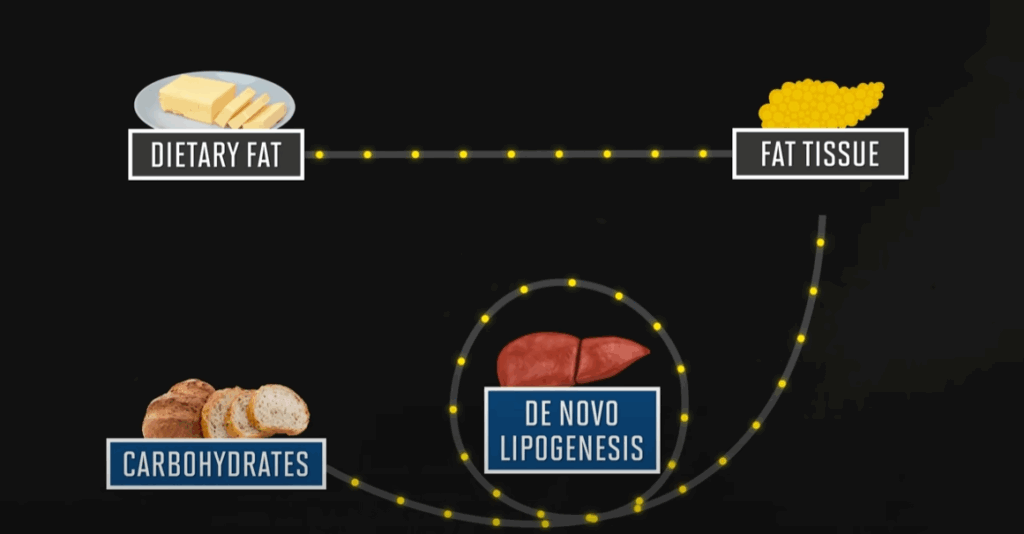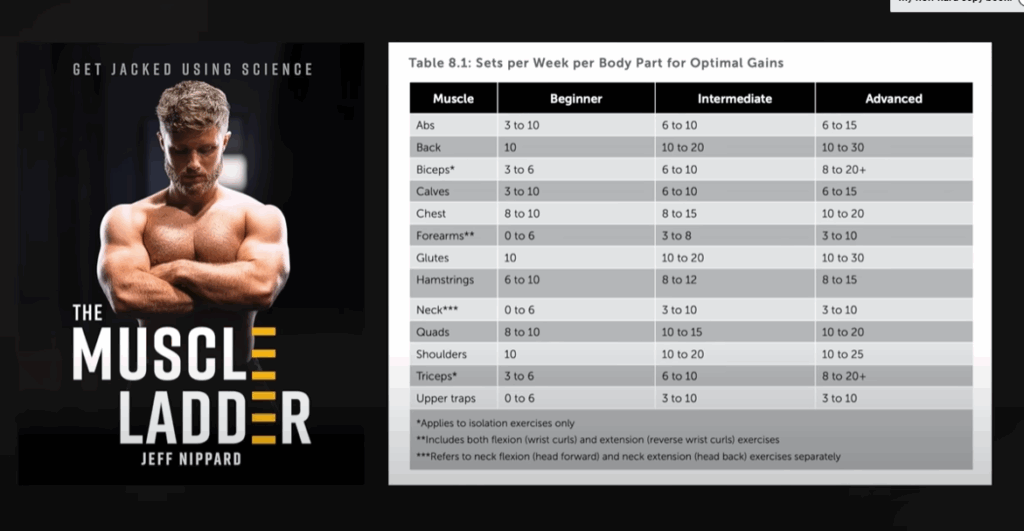he Smart Bulk: A Modern Blueprint for Lean Muscle Growth Without Excess Fat
In today’s evidence-driven fitness world, many lifters remain skeptical about bulking. While the traditional “dirty bulk” approach has earned its fair share of criticism for promoting unnecessary fat gain, rejecting bulking entirely can hinder your muscular progress. A smarter, more strategic bulk—grounded in both science and experience—offers a middle path: sustained muscle gain with controlled fat accumulation.

After dedicating an entire year to a carefully structured bulking phase, I’ve made the most significant progress in years—not just in appearance, but in measurable lean tissue. If you’re serious about building muscle, it might be time to reconsider the benefits of a proper, calculated bulk.
Why Bulking Beats Main-Gaining for Maximum Muscle Gain
There’s a popular trend known as “main-gaining” — maintaining your weight while trying to build muscle. While it’s a tempting idea, the science suggests it’s not the most efficient route for muscle growth, especially for intermediate and advanced lifters. Building muscle is an energetically expensive process, and your body needs an energy surplus to prioritize hypertrophy.
Without enough calories, your body directs nutrients to essential systems like immune function and hormone production, leaving muscle growth on the back burner. On the other hand, a caloric surplus—eating more than you burn—tells your body it’s safe to invest energy in building new tissue. Multiple studies have shown that lifters in a caloric surplus gain more lean mass compared to those at maintenance, even when following identical training plans.
Bulking Without Getting Fat: The Lean Bulk Approach
One of the main reasons bulking gets a bad name is because of excessive fat gain. This typically happens when people gain weight too rapidly. Muscle growth is a slow process—you can’t force it by overeating.
For most lifters:
- Beginners should aim to gain 1–2% of their body weight per month.
- Intermediate to advanced athletes should target 0.5–1% per month.
Let’s say you’re a 170-pound lifter with a couple of years of experience. Gaining 1 to 2 pounds a month is ideal. Over a year, that translates to roughly 12 to 24 pounds of body weight, a large portion of which can be lean muscle if you’re training smart and recovering well.
Even if half of the weight gained is fat, that’s still significantly better than staying at maintenance and spinning your wheels. And when your bulk ends, a slow, controlled cut will strip off that fat while preserving your newly built muscle.

How to Set Up a Science-Based Bulking Plan
1. Find Your Maintenance Calories
To begin, determine how many calories you need to maintain your current weight. This can be done by tracking your food intake and body weight for 10–14 days or using a rough estimate by multiplying your body weight (in pounds) by 14 to 18. Adjust based on your activity level.
2. Add a Controlled Surplus
Once you’ve found your maintenance level, add 5–10% more calories. For example, if your maintenance is 2,800 calories, bump it to around 3,000. Adjust weekly based on your rate of weight gain—too fast, and you’re gaining fat; too slow, and muscle growth might stall.
3. Balance Your Macros
- Protein: Consume 0.7–1.0 grams of protein per pound of body weight. This supports muscle protein synthesis.
- Fat: Make sure 20–30% of your total calories come from fat. This helps maintain hormonal balance.
- Carbohydrates: Fill the rest of your calories with carbs—they’re your body’s preferred training fuel.

What a Full Day of Bulking Might Look Like
Here’s a sample from my own structured bulk:
- Breakfast (10 a.m.): Egg whites, whole egg, turkey bacon, sautéed vegetables, oats with blueberries.
- Lunch (1 p.m. pre-workout): Lean ground turkey, jasmine rice, yogurt, kiwi, and blackberries.
- Post-workout: Protein shake and banana.
- Dinner: Chicken, potato, sour cream, broccoli, and a side of healthy fats like sunflower seeds.
- Snack before bed: Greek yogurt with honey, peanut butter, and a handful of popcorn.
Tracking your macronutrients gives you flexibility. You can even enjoy some dessert or sweets—just stay within your calorie and macro targets.
Don’t Neglect Your Training
Nutrition supports muscle growth, but training stimulates it. If you’re not pushing yourself in the gym, extra calories will simply be stored as fat. Whether you’re doing a bro split, push-pull-legs, or full-body routine, the key is progressive overload and consistent effort.
For intermediates, aim for 8–15 challenging sets per muscle group per week. Advanced lifters can explore specialization phases by increasing volume for lagging muscles. Don’t worry about being perfect—focus on effort, recovery, and consistency.

Yes, You Should Still Do Cardio
The myth that cardio kills muscle gains is outdated. Regular cardiovascular exercise improves work capacity, helps manage body fat, and supports overall health. If you’re mostly sedentary, consider 2–3 sessions of moderate-intensity cardio per week, like brisk walking, cycling, or pickup sports.
If you’re already physically active at work, you might not need extra sessions—but gauge your energy and recovery.
Key Supplements for Muscle Growth and Recovery
Beyond protein and creatine, a few supplements can further support your bulking goals:
- Creatine Monohydrate: 5 grams daily improves strength and lean mass.
- Fish Oil (EPA/DHA): Reduces inflammation and supports recovery.
- Magnesium: Aids in sleep and testosterone production.
- Vitamin D: Essential for hormone regulation, especially if sunlight is limited.
- Caffeine (optional): Can enhance workout performance if tolerated well.
Some lifters also explore adaptogens like ashwagandha, but the safety data is still emerging.

Final Thoughts: The Best Muscle-Building Plan Is One You Can Stick To
The perfect bulk doesn’t have to be rigid. Enjoying your food, staying active, training hard, and getting adequate rest are more important than chasing “optimal” everything. A science-based approach is helpful, but adherence is king.
Whether you’re bulking for the first time or looking to break through a plateau, a smart bulk—one guided by evidence, not extremes—can help you unlock your full muscular potential.



